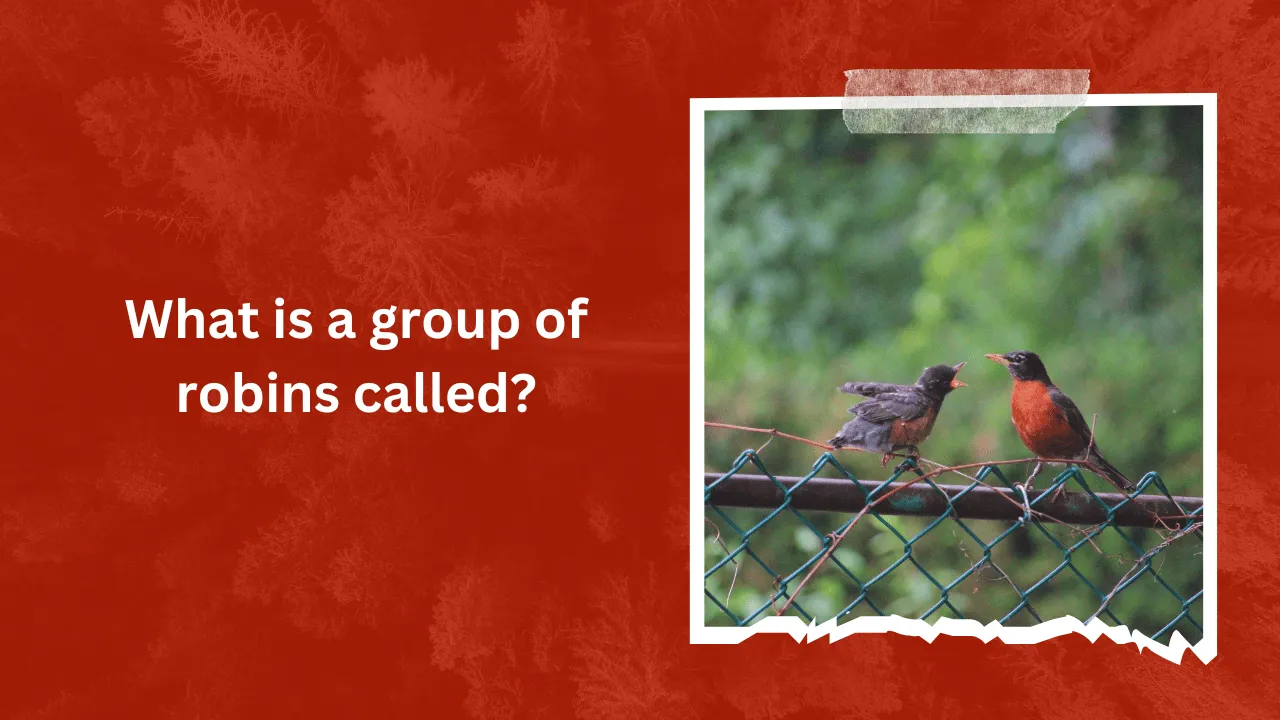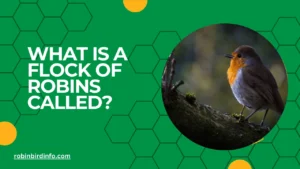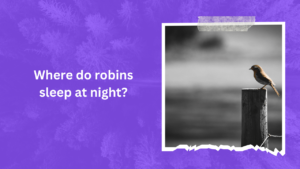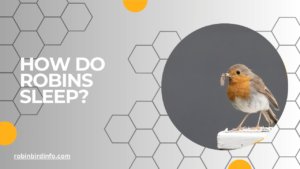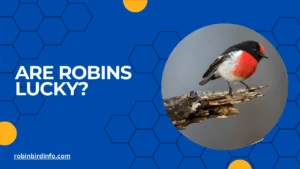We’ve all seen them hopping across our lawns, their cheerful songs a soundtrack to spring and summer.
But have you ever stopped to wonder – what do you call a group of Robins? Unlike crows with their intimidating “murder” or owls with their distinguished “parliament,” Robins seem to lack a catchy collective noun.
This might seem like a trivial detail, but the language we use to describe the natural world reveals a deeper understanding of animal behavior. Collective nouns for bird groups often hint at their social dynamics.
For instance, a “pandemonium” of parrots suggests their noisy gatherings, while a “congress” of ravens implies their intelligence and complex social interactions.
So, why don’t Robins have a cool collective noun of their own? Is it because they’re solitary creatures? Or perhaps there’s more to their social behavior than meets the eye?
In this blog post, we’ll delve into the fascinating world of Robin social dynamics, exploring the reasons behind the missing collective noun and uncovering the surprising ways these seemingly familiar birds interact with each other.
Buckle up, bird enthusiasts, as we embark on a journey to unlock the secrets of the Robin “group”!
Contents
- 1 Common Terms for Groups of Birds
- 2 Group Dynamics of Robins
- 3 Factors Influencing Group Formation
- 4 Benefits of Group Living
- 5 Conservation Implications
- 6 Conclusion
- 7 FAQ’s
- 7.0.1 Why don’t Robins have a specific collective noun?
- 7.0.2 Do Robins migrate in large flocks?
- 7.0.3 How do Robins communicate within a group?
- 7.0.4 Do Robins exhibit cooperative breeding behavior?
- 7.0.5 What are the benefits of group living for Robins?
- 7.0.6 How does habitat loss affect Robin social behavior?
Common Terms for Groups of Birds
While there isn’t a specific, widely-recognized collective noun for a group of Robins, we can use general terms like flock or congregation to describe them. These terms are often used to refer to groups of birds, including Robins.
Other collective nouns for birds include:
- Murder of crows
- Parliament of owls
- Gaggle of geese
- Exaltation of larks
Group Dynamics of Robins
Robins are often considered solitary birds, but they can form loose flocks during certain times of the year, particularly in winter. These flocks may gather in areas with abundant food sources, such as berry-bearing trees or bird feeders.
During the breeding season, Robins form pair bonds and defend their territories. They may engage in territorial disputes with other pairs, using songs and aggressive displays to establish dominance.
Family groups are common during the nesting and fledgling periods. Both parents work together to raise their young, providing food, protection, and guidance.
Factors Influencing Group Formation
Several factors can influence the formation of Robin groups:
- Food Availability: When food resources are abundant, Robins may form larger groups to take advantage of the plentiful food supply.
- Predation Risk: In areas with high predation risk, Robins may form larger groups for increased vigilance and protection.
- Environmental Conditions: Adverse weather conditions, such as cold temperatures or heavy rain, can drive Robins to form larger groups for warmth and shelter.
Benefits of Group Living
While Robins are not highly social birds, group living can offer certain benefits:
- Enhanced Foraging: Group foraging can increase foraging efficiency, as individuals can learn from each other and share information about food sources.
- Improved Vigilance: By forming groups, Robins can increase their vigilance against predators. More eyes and ears can help detect potential threats earlier.
- Thermal Regulation: During cold weather, group roosting can help Robins conserve body heat.
Conservation Implications
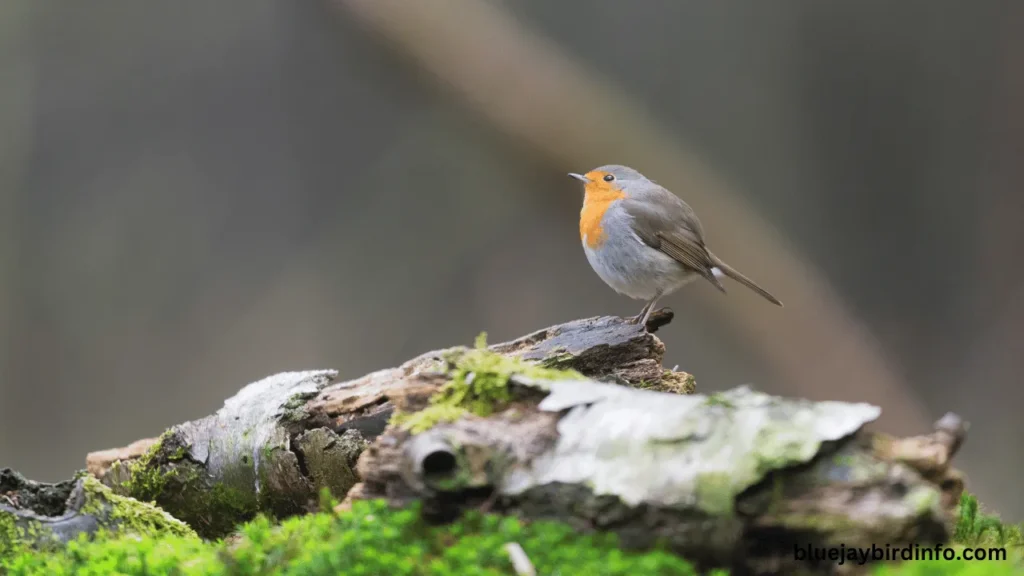
The conservation of Robin populations is important for maintaining ecological balance. Habitat loss, pesticide use, and climate change pose significant threats to Robins.
By protecting their habitats, providing clean water sources, and reducing the use of harmful chemicals, we can help ensure the survival of these beloved birds. Additionally, supporting conservation organizations that work to protect bird populations can make a significant impact.
Conclusion
While Robins may not have a specific collective noun, their social behavior is more complex than their solitary reputation suggests. By understanding the factors that influence their group dynamics, we can appreciate the intricacies of their social lives and take steps to protect their populations.
By creating bird-friendly habitats and minimizing human impact, we can contribute to the conservation of these iconic birds and ensure their continued presence in our backyards.
FAQ’s
Why don’t Robins have a specific collective noun?
Unlike some other bird species, Robins haven’t developed a specific collective noun. This may be due to their less social nature compared to birds like crows or geese.
Do Robins migrate in large flocks?
While some Robin populations migrate, they typically do so individually or in small groups. They don’t form large, organized flocks like some other migratory birds.
How do Robins communicate within a group?
Robins communicate through a variety of vocalizations, including songs and calls. These sounds can be used to attract mates, defend territories, and coordinate group activities.
Do Robins exhibit cooperative breeding behavior?
While Robins are not known for cooperative breeding, they may sometimes form loose associations with other pairs, particularly during harsh weather conditions or food shortages.
What are the benefits of group living for Robins?
Group living can offer several benefits, including increased vigilance against predators, improved foraging efficiency, and enhanced thermoregulation during cold weather.
Habitat loss can fragment populations and reduce the availability of suitable nesting and foraging sites. This can lead to increased competition for resources and decreased opportunities for social interactions.

